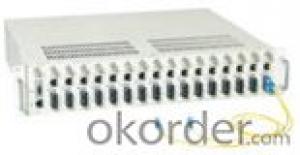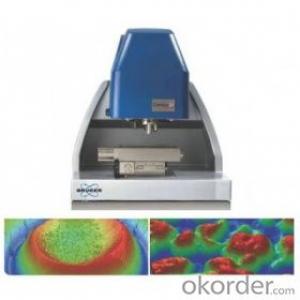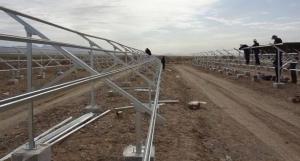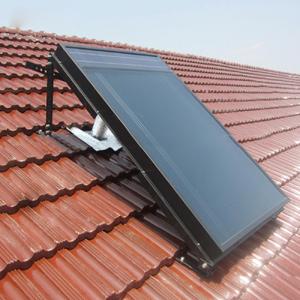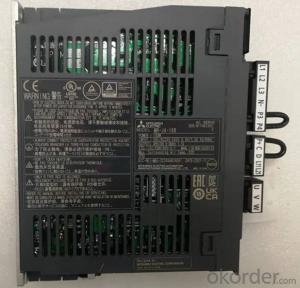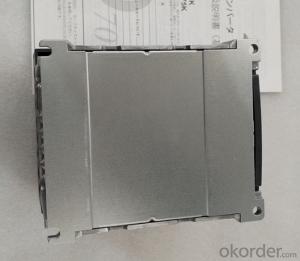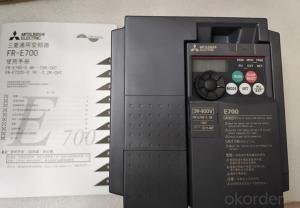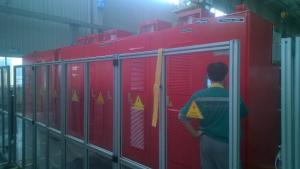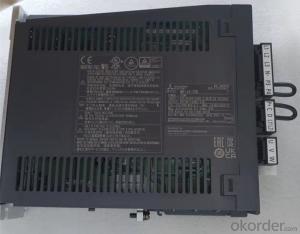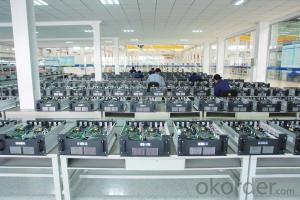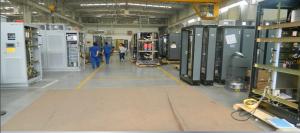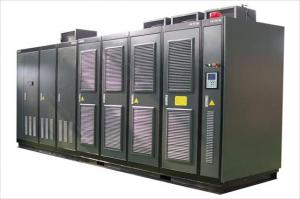Opti Solar Inverter
Opti Solar Inverter Related Searches
Inverter Solar Orion Solar Inverter Solar Solar Inverter Solaris Solar Inverter Omnik Solar Inverter Smart Solar Inverter Ups Inverter Solar Smart Inverter Solar Solar Smart Inverter Omega Solar Inverter Inverter Power Solar Power Solar Inverter Solar Mini Inverter Solar Ups Inverter Power Inverter Solar Mini Inverter Solar Inverter Solar System Inverter Solar Panel Olx Solar Inverter Solar Inverter Italy Solar Converter Inverter Inverter Solar Cell Smart Solar Power Inverter Inverter Hybrid Solar Solar Inverter Mini Inverter Solar Panels Omron Solar Inverter Solar Light Inverter Infini Solar Inverter Inverter Solar HybridOpti Solar Inverter Supplier & Manufacturer from China
Opti Solar Inverter is a high-quality product designed to optimize the performance of solar energy systems. These inverters play a crucial role in converting the direct current (DC) generated by solar panels into alternating current (AC) that can be used by homes and businesses. They are essential components in ensuring that solar energy systems operate efficiently and effectively.The Opti Solar Inverter is widely used in various applications, including residential, commercial, and industrial settings. It is particularly beneficial in areas with high solar potential, where the goal is to maximize energy production and reduce reliance on traditional energy sources. By using these inverters, users can harness the power of the sun to generate clean, renewable energy, which not only helps in reducing electricity bills but also contributes to environmental sustainability.
Okorder.com is a reputable wholesale supplier of Opti Solar Inverters, boasting a large inventory that caters to the diverse needs of customers. With a commitment to providing top-notch products and services, Okorder.com ensures that customers receive the best possible value for their investment. By partnering with Okorder.com, customers can be confident in the quality and performance of the Opti Solar Inverters they purchase, as well as the support they receive throughout the process.
Hot Products


